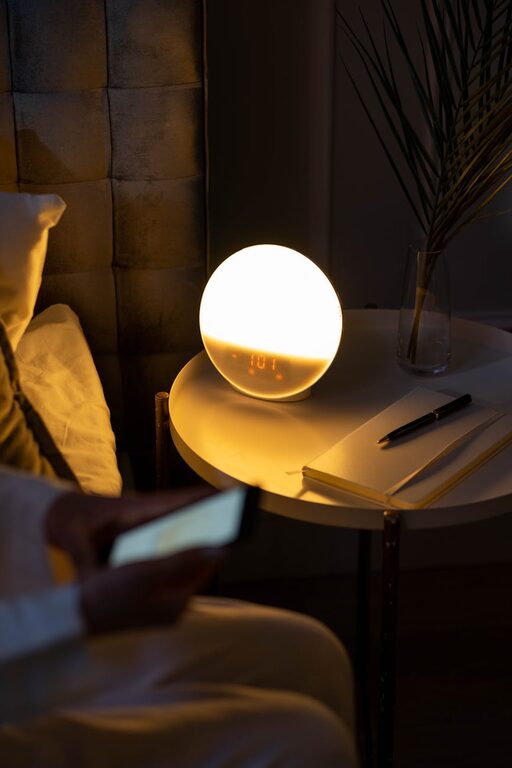Creating a relaxing bedtime routine is one of the best ways to improve the quality of your sleep and feel more refreshed each morning. By establishing calming habits before bed, you signal your body that it’s time to wind down and prepare for rest. This blog post will guide you through the process of building an effective bedtime routine tailored to your lifestyle.
Why a Bedtime Routine Matters
Many people struggle to fall asleep or stay asleep throughout the night. A consistent routine helps reduce stress, ease anxiety, and promote relaxation. When you follow similar activities each evening, your body learns to associate them with sleep, making it easier to drift off naturally.
Steps to Create a Relaxing Bedtime Routine
1. Set a Regular Sleep Schedule
Try to go to bed and wake up at the same time every day, even on weekends. This consistency strengthens your body’s internal clock, helping you fall asleep faster and wake up feeling more refreshed.
2. Limit Screen Time Before Bed
The blue light emitted by phones, tablets, and computers can interfere with the production of melatonin, the hormone that regulates sleep. Aim to power down electronic devices at least 30 to 60 minutes before bedtime.
3. Create a Calm Environment
Make your bedroom a peaceful retreat for sleep. Consider the following:
– Keep the room cool and well-ventilated.
– Use blackout curtains or an eye mask to block light.
– Reduce noise with earplugs or a white noise machine.
– Choose comfortable bedding that suits your preferences.
4. Practice Relaxing Activities
Engage in calming activities that help your mind and body relax, such as:
– Reading a book or listening to an audiobook.
– Gentle stretching or yoga.
– Deep breathing exercises or progressive muscle relaxation.
– Meditation or mindfulness practices.
5. Avoid Stimulating Substances
Steer clear of caffeine, nicotine, and heavy meals close to bedtime, as these can disrupt your ability to fall asleep and affect sleep quality.
6. Take a Warm Bath or Shower
A warm bath raises your body temperature, and the subsequent cooling down helps trigger sleepiness. Add relaxing scents like lavender or chamomile to enhance the effect.
7. Write in a Journal
If your mind is busy with worries or tasks, jotting them down can help clear your thoughts and reduce anxiety, making it easier to relax.
Sample Bedtime Routine to Try
– 8:30 pm: Turn off screens and dim the lights.
– 8:45 pm: Take a warm bath or shower.
– 9:00 pm: Practice 10 minutes of gentle yoga or stretching.
– 9:15 pm: Write in a journal or read a calming book.
– 9:30 pm: Meditate or do deep breathing exercises.
– 9:45 pm: Get into bed with a comfortable setting.
– 10:00 pm: Lights out and focus on slow, deep breaths.
Tips for Sticking to Your Routine
– Be patient. It can take a few weeks for your body to adjust.
– Customize your routine to what feels best for you.
– Avoid watching the clock — obsessing over sleep can increase stress.
– If you don’t fall asleep within 20 minutes, get up and do a quiet activity until you feel sleepy.
Final Thoughts
Building a relaxing bedtime routine takes some intention but pays off with better sleep and improved wellbeing. Experiment with different activities to find what calms you most and stick with it consistently. When your body knows what to expect each night, falling asleep can become a peaceful, stress-free experience.
Sleep well!

